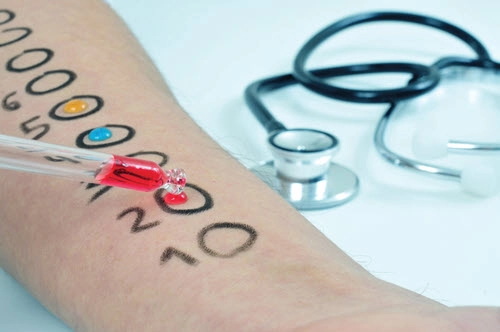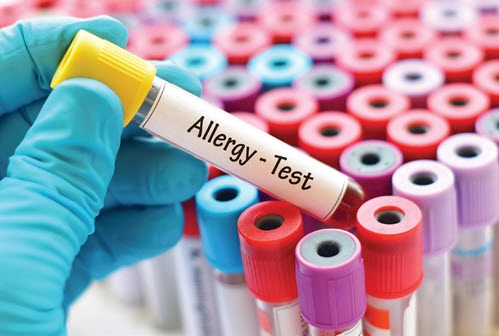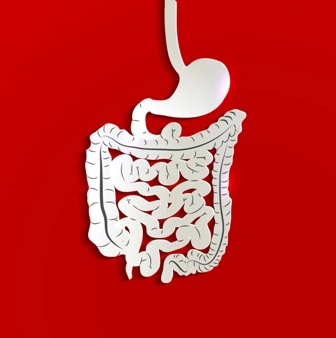Part B Insider (Multispecialty) Coding Alert
Know the Facts on the Intersection of Same-Day E/M and Allergy Testing
Tip: Take advantage of CMS guidance and manuals.
If you’ve read through Medicare guidance and felt confused, you’re not alone. And sometimes the deeper you delve into coding policies, the more nuanced they become, which can cascade into claims quandaries and denials.
For instance, take modifier 25 (Significant, separately identifiable evaluation and management service by the same physician or other qualified healthcare professional on the same day of the procedure or other service). This perennial favorite is utilized on many a Part B claim, but is also commonly misunderstood and misused — especially on allergy testing claims.
Why? There’s a great deal of underlying confusion that exists surrounding the rules and guidelines pertaining to the pairing of modifier 25 with certain allergy testing services. Occasionally, the right answer requires you to identify truth versus misinformation, while keeping all the pertinent guidelines close by.
Read on for a primer on reporting modifier 25 with your allergy testing claims.

Consider Fundamental Rules for Modifier 25 Reporting
You won’t find any shortage of modifier 25 guidelines from authoritative sources such as the CPT® book, Medicare manuals, and specialty societies. The fundamental coding principle behind modifier 25 is rather simple. Appendix A of the CPT® book states the following:
- “It may be necessary to indicate that on the day a procedure or service identified by a CPT® code was performed, the patient’s condition required a significant, separately identifiable evaluation and management (E/M) service above and beyond the other service provided or beyond the usual preoperative and postoperative care associated with the procedure that was performed.”
That sounds rather conclusive in understanding the terms of use for modifier 25, but there’s an underlying question that surrounds how the Centers for Medicare & Medicaid Services (CMS) chooses to define what constitutes a procedure. While it’s universally understood that you report modifier 25 for E/M services performed in addition to minor procedures, even that doesn’t fully encompass what sets of procedures do and do not qualify for modifier 25 eligibility.
That’s where the question of global periods comes into play. According to the Global Surgery Booklet, “minor procedures and endoscopies have postoperative periods of 10 days or zero days (indicated by 010 and 000, respectively).” However, in addition to major surgery codes with a global period of 90 days, there’s one additional global period indicator that you need to consider for the purposes of allergy testing services: XXX.
The Global Surgery Booklet explains that certain codes “may also have an ‘XXX’ indicating the global concept does not apply.” As you may be beginning to infer, the underlying confusion lies when attempting to bill out for a service with a global period XXX alongside an E/M visit with modifier 25. If your practice performs allergy testing, answering this question may be of particular importance. That’s because many common allergy testing codes such as 95004 (Percutaneous tests (scratch, puncture, prick) with allergenic extracts, immediate type reaction, including test interpretation and report, specify number of tests), 95017 (Allergy testing, any combination of percutaneous (scratch, puncture, prick) and intracutaneous (intradermal), sequential and incremental, with venoms, immediate type reaction, including test interpretation and report, specify number of tests), and 95115 (Professional services for allergen immunotherapy not including provision of allergenic extracts; single injection) have a global period of XXX.
Work Your Way Across These Authoritative Sources
When searching the internet, you may have come across a common coding misconception that suggests you cannot bill for a separately identifiable E/M service on the same day as an allergy test, such as 95004. However, that’s a false narrative that isn’t backed up by any authoritative information. When addressing if and when you should bill for a separate E/M visit alongside an allergy test, you should first have a look at what Chapter I of the National Correct Coding Initiative (NCCI) Policy Manual has to say on the subject:
- “An E&M service is separately reportable on the same date of service as a procedure with a global period of 000, 010, or 090 under limited circumstances.”
Here, you’ve got no mention of XXX. But if you read a little further down on pages I-17 - I-18, you’ll see specific information pertaining to codes with designated XXX global periods:
- “With most ‘XXX’ procedures, the physician may, however, perform a significant and separately identifiable E&M service on the same date of service which may be reported by appending modifier 25 to the E&M code. This E&M service may be related to the same diagnosis necessitating performance of the ‘XXX’ procedure, but cannot include any work inherent in the ‘XXX’ procedure, supervision of others performing the ‘XXX’ procedure, or time for interpreting the result of the ‘XXX’ procedure.”
Background: “XXX global period procedures were added to the group of CPT® codes that were considered to include a small E/M component within the performance of the procedure — similar to zero and 10 global day procedures in version 7.2 of NCCI,” explains Barbara J. Cobuzzi, MBA, CPC, COC, CPC-P, CPC-I, CENTC, CPCO, of CRN Healthcare in Tinton Falls, New Jersey. “We are currently in version 27, underscoring the importance of reading the text of the NCCI Policy Manual as opposed to simply checking for bundled codes,” advises Cobuzzi.


Know When to Yield to CMS, CPT® Guidelines
This set of guidelines clears up the majority of the confusion. It states that you cannot only bill a separate E/M with modifier 25 alongside a procedure with global period XXX, but you can do so for E/M services that are related to the same diagnosis resulting in the underlying procedure or service. However, these guidelines do not give you free rein to bill for all E/M services performed alongside a procedure with global period XXX. You should still abide by the underlying rules as indicated by CMS and CPT® on modifier 25 reporting.
Fortunately, for those who are still not convinced by the fact that the guideline only pertains to “most” XXX procedures, Chapter XI of the NCCI Policy Manual has you covered. While XXX procedures are not referenced, NCCI does explain that you may report E/M services with modifier 25 with allergy services, when appropriate:
- “Evaluation and management codes reported with allergy testing or allergy immunotherapy are appropriate only if a significant, separately identifiable service is performed. Obtaining informed consent is included in the immunotherapy service and shall not be reported with an E&M code. If E&M services are reported, modifier 25 should be used.”
Coder’s note: There are no instances where it’s appropriate to report an E/M visit without modifier 25 alongside a procedure with global period XXX. The NCCI Policy Manual makes it clear that “appending modifier 25 to a significant, separately identifiable E&M service when performed on the same date of service as an ‘XXX’ procedure is correct coding.”
Related Articles
Part B Insider (Multispecialty) Coding Alert
- Covid-19 Relief:
See How New Funding Impacts Medicare Providers
Billions allotted to boost the public healthcare workforce. Medicare practices aren’t the main focus of [...] - Reimbursement:
Add 3 COVID-19-Related Updates to Your Policies
Good news: Vaccine administration rates just went up. As pandemic restrictions lift and your Part [...] - Medicare Secondary Payer:
Sharpen MSP Skills With 10 Tough Questions
Tip: Know when Medicare is the primary payer. Whether you’re an ace or a novice [...] - Part B Coding Coach:
Know the Facts on the Intersection of Same-Day E/M and Allergy Testing
Tip: Take advantage of CMS guidance and manuals. If you’ve read through Medicare guidance and [...] - Physician Notes:
Weigh In on Future MIPS Measures
If you’re interested in offering your opinion on Quality Payment Program (QPP) measures and activities, [...]




